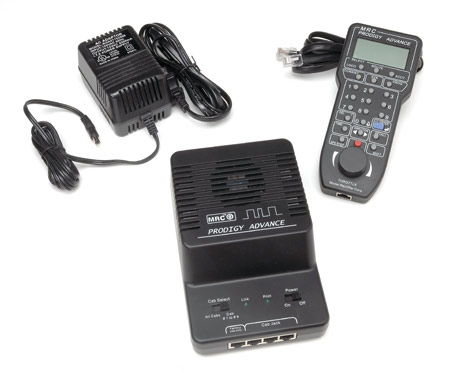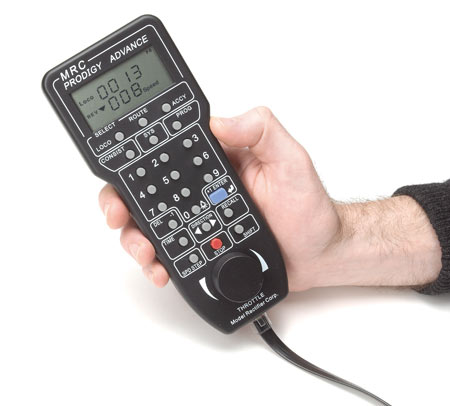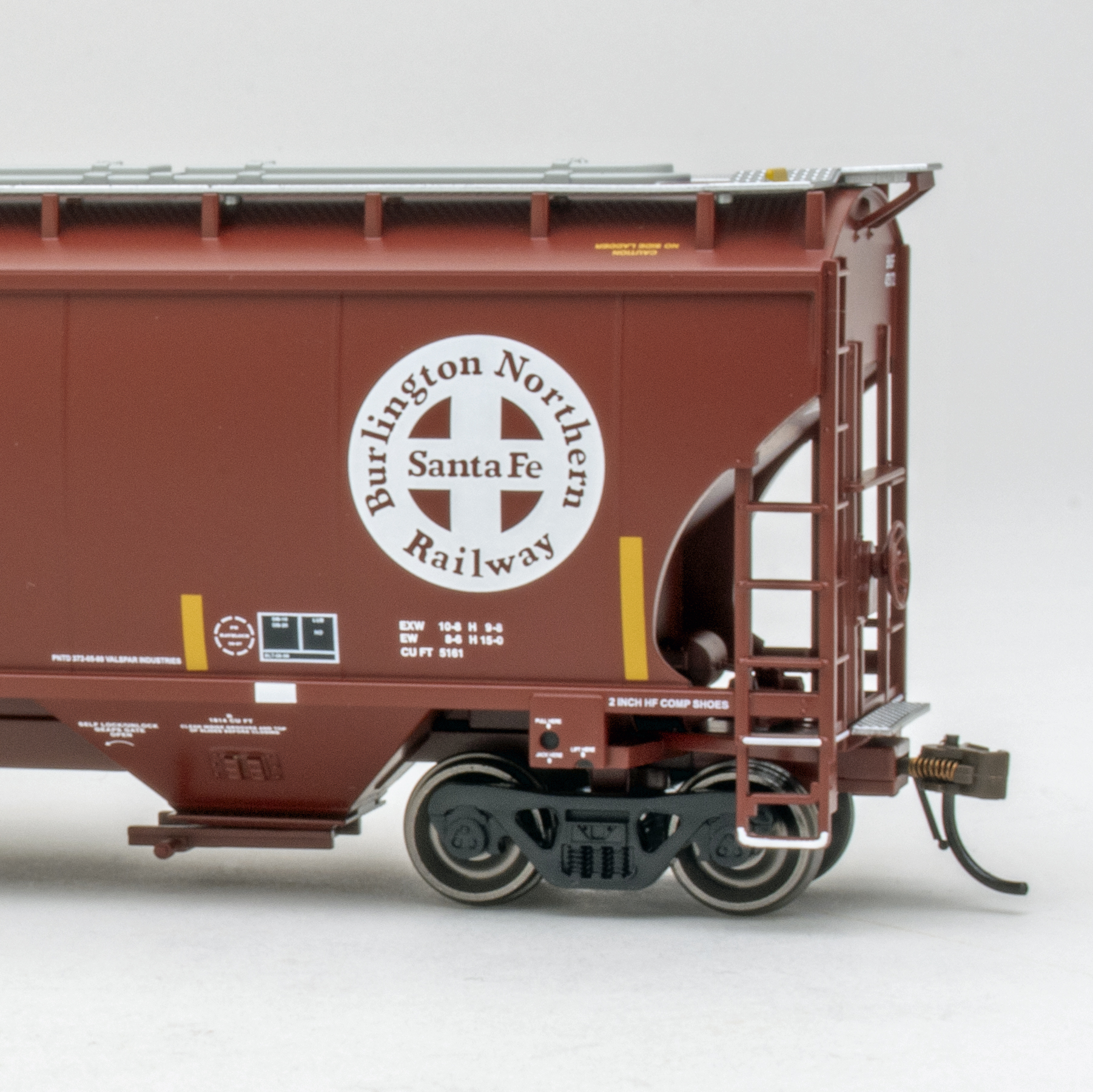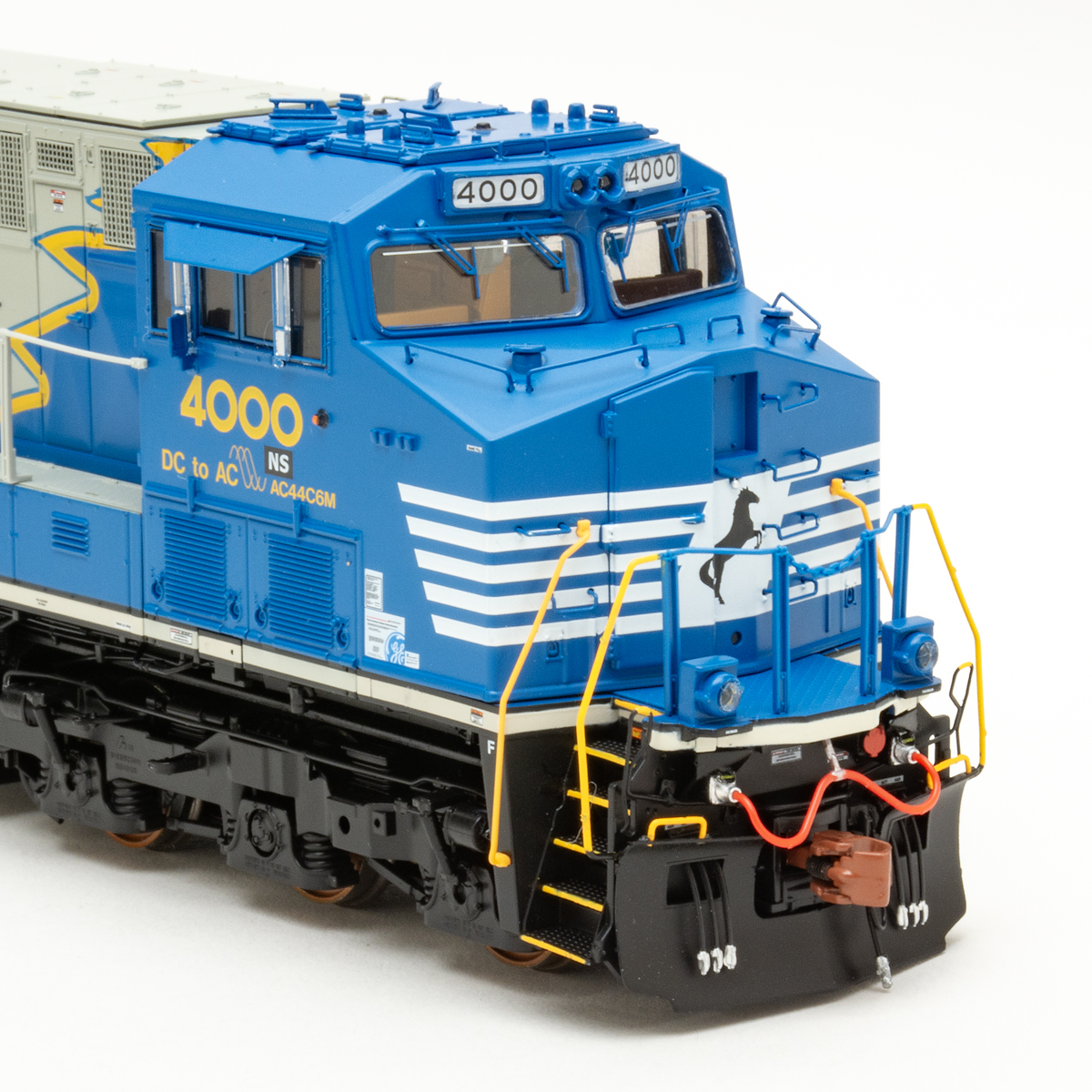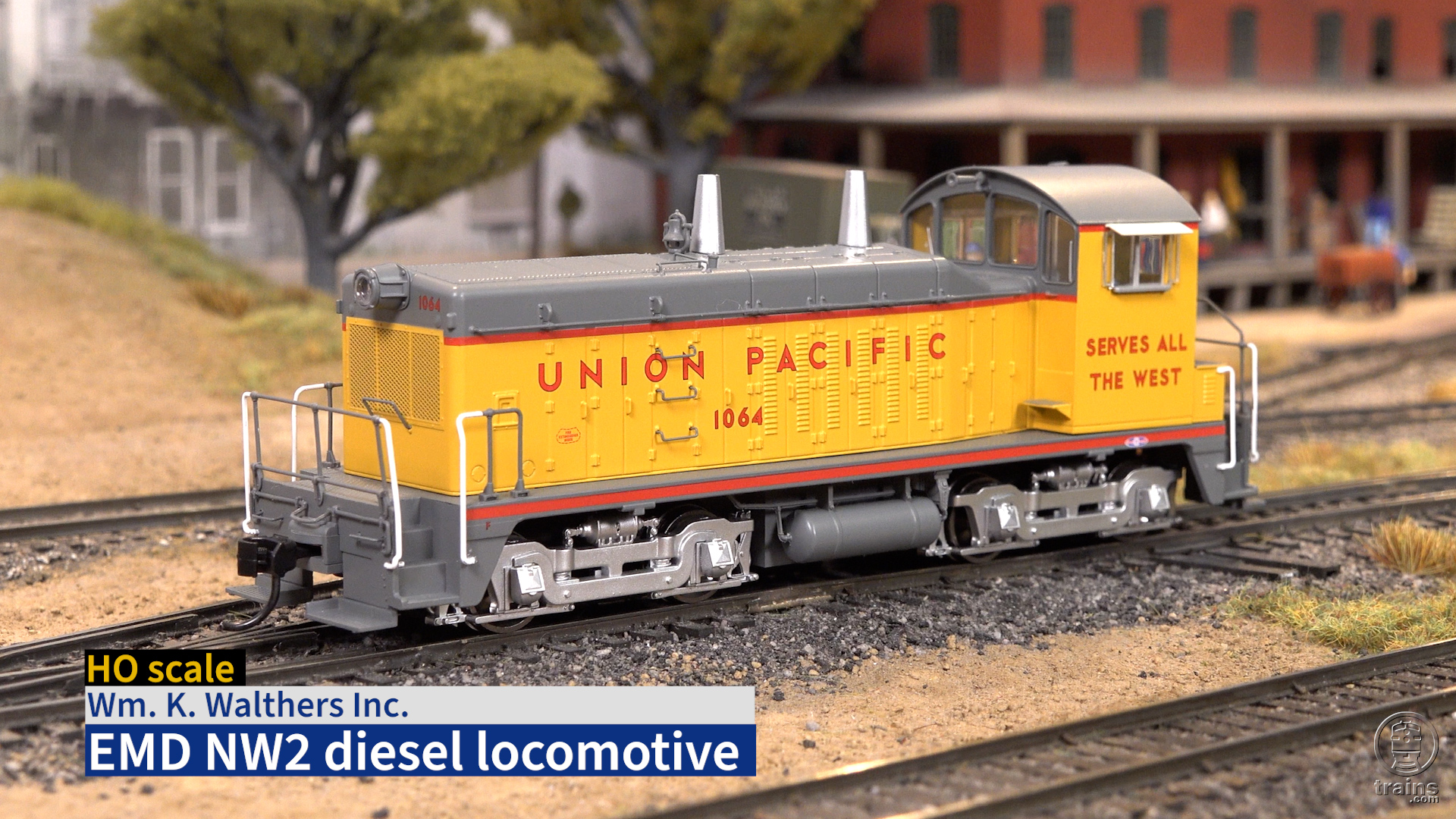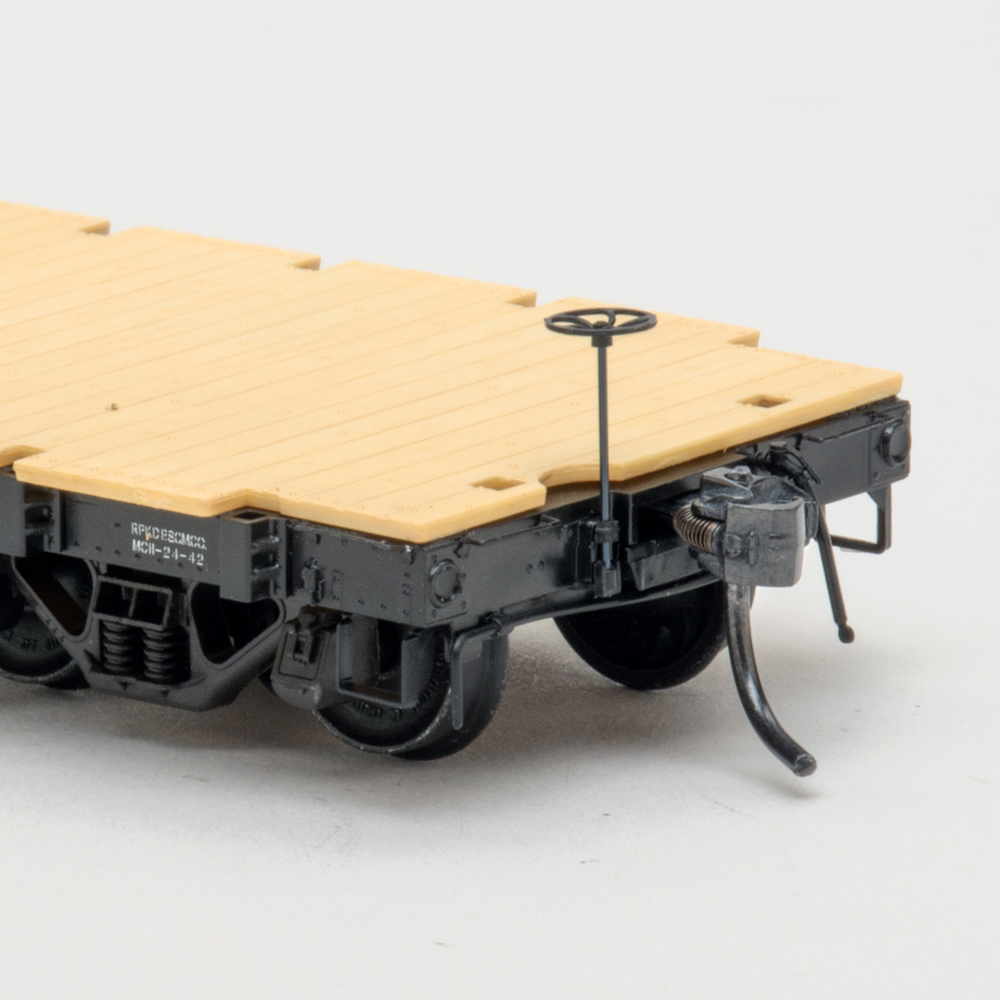Prodigy Advance is a full-function command control system that meets National Model Railroad Association (NMRA) standards. As such, it includes many popular DCC features like programming on the main, universal and advanced consisting, two- and four-digit addressing, programmable routing controls, 28 and 128 speed steps, and a built-in adjustable fast clock. Prodigy Advance also provides a whopping 20 functions, making it capable of handling any sound decoder on the market with room to spare.
The DCC system includes a command station, handheld cab, 20-page instruction booklet, and comes with a 14.5-volt, 3.5-amp transformer, capable of handling as many as six or seven non-sound-equipped HO scale locomotives. For additional power, you can add one or more of MRC’s no. AD501 Power Station Eights, the firm’s eight-amp universal DCC power station.
Installation is a matter of connecting two wires to the layout’s main track bus and two more wires to a programming track. The power supply plugs into the base station. I had our sample system up and running in less than five minutes.
The command station contains the brains of the Prodigy Advance system and was designed to be updated as MRC continues to develop the software. For this purpose, the firm has included a special jack on the station’s faceplate for future upgrades. Though updates involve sending the command station back to the factory periodically, the system has the potential to change as the system grows.
Full-function cab. The Prodigy Advance system comes with a full-function cab, featuring a large liquid-crystal display (LCD). This screen displays information regarding a locomotive or consist’s ID number, direction, activated functions, and current speed step. During tasks such as programming and setting up consists, the display also features easy-to-follow prompts, instructing the operator what to do next. The LCD is not illuminated, which could be a drawback when operating in darker layout rooms.
The cab includes 24 clearly labeled push buttons and a medium size encoder throttle knob. Speed can be controlled either by using the knob or by pressing the “enter” and “delete” buttons.
The encoder knob responds in proportion to how fast you turn it. I found I could advance the locomotive one speed step at a time by turning the knob slowly, or I could skip multiple steps by giving the knob a quick quarter turn.
The cab has a multi-feature stop button (the red button directly above the encoder knob). Unlike emergency stop buttons on some other DCC systems, tapping Prodigy Advance’s stop button once halts only the locomotive your cab is controlling. The track remains powered. To restart your train, turn the throttle again and you’re back on your way. If you want to turn off track power to the entire layout, hold the button for approximately two seconds. To restore layout power, press and hold the button again until the display screen returns to normal.
The walkaround cab includes a number of nice operating features; one of my favorites is the yard mode. Designed for operators who are doing a lot of switching, yard mode eliminates the need to press a button to change direction. Instead, the speed encoder knob switches to a “center zero” setting without a detent. When you turn the knob clockwise, the locomotive moves to the right. When you turn the knob back to the left, the locomotive slows down, coming to a stop at zero. If you continue to turn the knob to the left, the locomotive will then proceed in that direction.
There is also a recall feature that remembers the last 25 locomotives you’ve operated. By pressing the recall button, you can quickly scroll through those choices instead of re-entering a locomotive address.
To make operating the controls easy to remember, instructions for most of the system commands are printed on the back of the throttle. This is very helpful, especially for those of us who don’t like
Walkaround capabilities. The Prodigy Advance system uses eight-wire data cables with plastic phone-style connectors. Each cab has a six-foot cable which must be plugged in to operate. The command station has a memory feature, which remembers a cab’s settings when it’s unplugged. This allows a train to proceed uninterrupted while the operator moves to a new panel.
The command station has three cab jacks, but for walkaround control you’ll need to install extra plug ports around your layout (available from MRC as part no. 0015001). These are plug-and-play components and include a two-port panel and all the wire and screws needed.
Additional cabs list for $95 each, making them one of the most affordable full-display DCC control cabs on the market. Though all the handheld cabs are identical, you can assign them as either a master or operator cab. The difference is that operator cabs have their programming functions deactivated to prevent accidental inputs.
Prodigy Advance can support up to 99 cabs, though the instructions warn that if you use more than eight cabs, it slows the command response time.
The cabs are powered by the base station. As delivered, the base station can run a total of six cabs. For every five additional cabs, however, you’ll need to add a special cab-bus-extension plate with a built-in power supply. This item, no. 0015002, is available only direct from MRC.
Consisting. Making- and breaking-up locomotive consists (two or more locomotives running as a single unit) is easy with Prodigy Advance. The new system features both universal and advanced consisting, and both can be performed with any locomotives on the main line.
With universal consisting, the addresses of the locomotives set up to run together as multiple units are stored only in the command station. When using advanced consisting, this information is instead stored in the decoders of each locomotive in the consist. The benefit of advanced consisting is that if you transfer a set of locomotives to another DCC-equipped layout, the consist information goes with them.
When testing our sample system, I used three locomotives to try out both the universal and advanced consisting features. I found I could quickly and easily set up and take apart any combination of units in either mode. This is a welcome operating feature for large layouts.
Turnout routing feature. The Prodigy Advance system can also operate stationary decoders for aligning turnouts, signals, or other accessories. The DCC system provides for 31 independent routes and can operate up to eight switch motors or other accessories for each one.
This is a great feature for any layout with yards – staging or otherwise. By assigning each yard track a route number and then programming the accessory decoders to align the turnout motors accordingly, you can select a desired yard track by simply entering its identification number. The Prodigy Advance system will then set all the turnouts accordingly, eliminating the need for turnout control panels.
One smart package. Model Rectifier Corp.’s Prodigy Advance has a lot going for it. By combining some of the best command control features available into one easy-to-use package, MRC has delivered a system that’ll work for beginners and advanced DCC users alike.
Price: $299.98 each
Manufacturer
Model Rectifier Corp.
80 Newfield Ave.
Edison, NJ 08837
www.modelrectifier.com
Features
Advanced and Universal
locomotive consisting
Encoder knob pushbutton speed
controls
Expandable to 99 throttles
Fast clock with adjustable ratios
14.5-V, 3.5-amp power supply
Large LCD screen
Meets NMRA DCC standards/
Plug-and-play design
Programmable route control
Programming on the main
20 DCC functions
Uses all configuration variables
Uses 14/28/128 speed steps
Walkaround throttle





